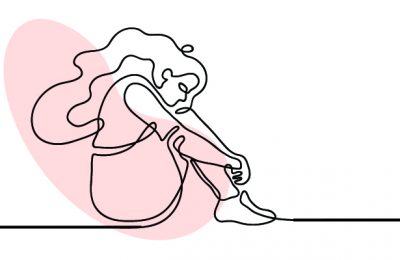How can spa operators perk up their client loyalty through retail programs? We asked five experts.
Inflammation and aging
Aging is a complex phenomenon that involves several factors, both intrinsically—chronological aging—and extrinsically. The latter, however, can gradually increase the phenomenon of chronological aging.
Ongoing research has increased our understanding of this process. For example, skin inflammation is now officially linked to several diseases, including cancer, as well as the aging of the skin.
Inflammation: A Natural Response
The term inflammation refers to the phenomena occurring at a point of irritation after invasion by a pathogen, that is to say an agent that is capable of producing disease.
In other words, inflammation is the natural response of an organism to a potential threat to its very integrity. It is a non-specific response. In effect, regardless of the pathogen encountered, the mode of action is always the same. Therefore it is not particularly precise, and can actually be quite excessive, even destructive, though for the most part it is quick and effective.
When Inflammation Becomes A Chronic Issue
Inflammation is a vital defense mechanism. In the case of infection or injury, immune cells produce mediators, or chemical messengers, that attack and clear the cells in the affected areas. This leads to the production of a large amount of free radicals and the destruction of normal tissue. Following that, the stage of healing and cell repair begins.
Sometimes, if the tissue health is not restored or if it persists as a weak but constant source of irritation, inflammation can become chronic. In this case, the immune system will continue to produce low levels of pro-inflammatory substances, including free radicals, and promote persistent micro-sources of inflammation which can cause constant damage to the surrounding tissue.
However, the inflammatory reaction is not only provoked by the attack of an infectious agent. It can also be triggered by other extrinsic signs and, more specifically in the skin, many other factors can be the cause. Major causes include pollution, smoking, irritants, hormonal changes, or stress. But studies show that the loss of integrity of the skin barrier and exposure to UV rays are the two most common causes of skin inflammation. All of these factors can cause chronic inflammation, thus increasing the production of free radicals and contributing to tissue damage. Similarly, with age, the immune system becomes less efficient and its ability to manage the inflammatory response decreases. It tends to speed up and the level of activities related to the inflammatory reaction increases. This cascade of events leads to an increased production of free radicals and of tissue damage.
Inflammation And Prevention Strategies
The relationship between aging and inflammation is clear. Recent research into this link underlines the fact that chronic inflammation is a major cause of premature aging. In effect, damage caused by chronic inflammation accumulates slowly, often without any visible or perceived symptoms. It is for this reason that chronic inflammation is also called silent inflammation, but it leads to severe skin deterioration and, ultimately, accelerated skin aging.
Here are some strategies to integrate in all routine care to reduce the impact of extrinsic factors on the skin and slow down the aging process:
• protect the skin with a UVA/UVB sunscreen product before any sun exposure
• identify the products best suited to the client’s skin type and season; hydro-lipid balance of a product is essential to restore or preserve the integrity of the skin barrier
• choose products that help to reduce and prevent the aging caused by chronic inflammation. This includes antiradical agents and anti-inflammatory substances
• limit the use of keratolytic agents or keratoregulators (BHA, AHA, retinol, resorcinol, etc.) and the over-reliance on dermabrasion techniques and chemical peels




